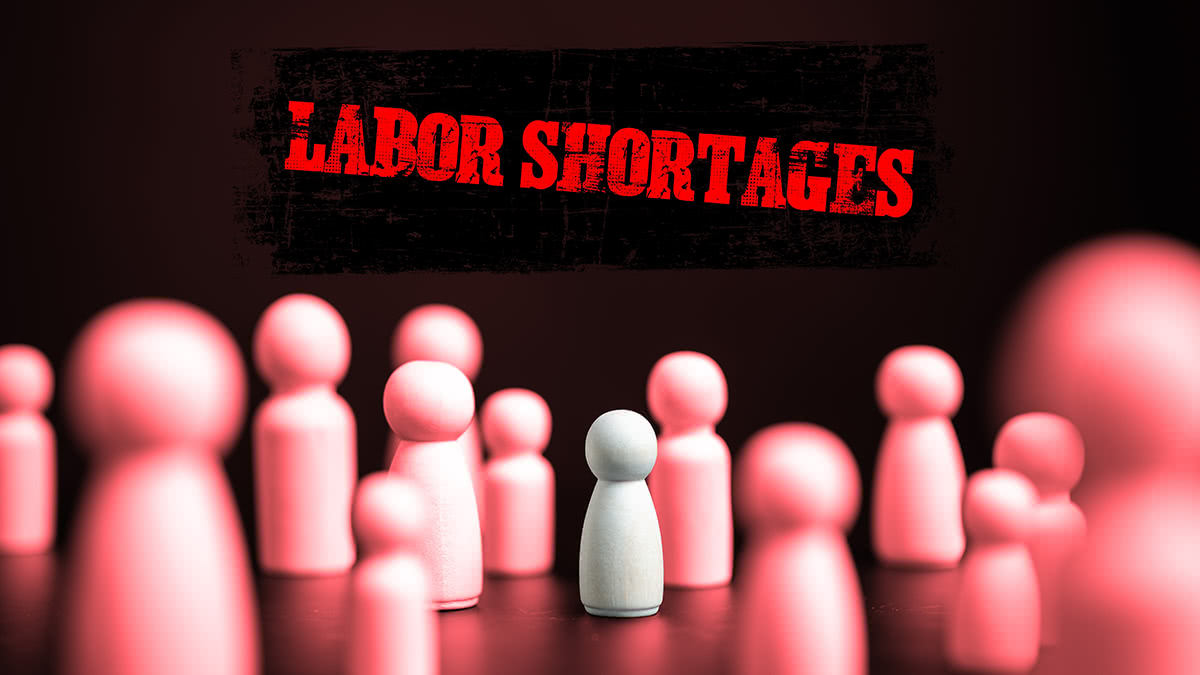How to Reconcile Invoices in 3 Steps

It's easy to see invoice reconciliation as just another task on your to-do list. In reality, though, reconciling invoices is a critical accounting process that can save you thousands of dollars.
Reconciling invoices helps you identify and avoid errors that could cost you hundreds or thousands of dollars. As your business grows, strong invoice reconciliation processes become even more important because mistakes will become more costly.
Still, compiling resources and processes to reconcile invoices can be challenging and time consuming. This is especially true if you're unfamiliar with invoice reconciliation.
To shorten your learning curve, we'll review invoice reconciliation at a high level. Then, we'll outline a step-by-step process for reconciling invoices.
Why Reconciling Invoices Matters
There are (at least) three important points that illustrate the value of creating a strong invoice reconciliation process.
1. Effect on the Customer/Vendor Experience
Even though it's a back-office process, invoice reconciliation impacts the experience for your customers and vendors. Error-prone invoice reconciliation causes payment delays to vendors or erroneous invoices being sent to customers. Neither scenario is pleasant for your vendors or customers.
2. Error and Fraud Detection
Unfortunately, not all employees are honest, so invoice reconciliation is your main line of defense against accounting errors or outright fraud. Without a strong reconciliation process, errors and fraudulent activity can easily go undetected.
3. Time Cost
Particularly as your transaction volume grows, invoice reconciliation can become a big time sink. The good news is, if you haven’t already optimized your reconciliation process, there’s a lot you can do to improve it. This makes it especially important to ensure your business's accounting team is operating in a time-efficient, productive manner.
Step-by-Step: The Invoice Reconciliation Process
When you reconcile invoices, you have two types of invoices to reconcile. First are vendor invoices and second are customer invoices. These two types of invoices will require slightly different processes.
Also, the process for reconciling vendor statements differ slightly depending on whether you purchased a product or a service.
To streamline the invoice reconciliation process, you first need to identify the steps involved. In the sections below, we’ll outline two steps to map to your vendor reconciliation processes. We’ll also outline three steps to map to your customer invoice reconciliation process.
Vendor Invoice Reconciliation
For invoices you receive for purchasing new products, the process should look roughly like this:
1. Your order arrives and you confirm that you’ve received all items
When your order arrives, invoice reconciliation begins. Your first step is to ensure what you received matches what you paid for. You do this by (1) going line by line to compare your packing list to what was shipped, and (2) comparing what was shipped to your purchase order.
2. You receive an invoice for your order
Once you've received the invoice, compare your purchase order or receipt to the invoice. If there are discrepancies, you'll need to let the vendor know and request an updated invoice. Otherwise, you can enter the invoice number into your accounting system for payment.
If you’re purchasing services, the reconciliation process is similar—with one key difference. Since you won’t be receiving physical goods, you’ll need to compare the vendor invoice to your contract with the vendor.
Customer Invoice Reconciliation
For invoices you send to customers, the process is even simpler:
1. Create, send, and match the invoice to the contract or purchase order
Before sending an invoice, ensure it’s consistent with your customer’s contract or purchase order. Double-check any payment policies, line details, and dates.
2. When you receive payment for the invoice
Once you’ve confirmed that your customer’s payment matches the invoice, record it in your accounting system. If you notice an error, in your favor or your customer’s, let them know as soon as possible.
3. Reconcile bank statements and invoices at the end of the month
You should receive a bank statement at least once a month. So, at the end of the month, pull your bank statement and double-check that your invoices match your deposits.
2 Ways to Streamline the Invoice Reconciliation Process
1. Leverage Accounting Software
Invoice reconciliation is so fundamental that every accounting tool for business supports it. Also, depending on the tool you choose, you’ll be able to automate much of the reconciliation process.
If you haven’t already equipped yourself with accounting software, we suggest you do so. Typically, business accounting software starts at around $15 per month. This is a small price to pay for having access to an automated system that will save you a lot of time and reduce errors.
2. Establish a Process to Reconcile Invoices
We outlined the reconciliation process above, but yours may have slight variations. It’s important to sit down and lay out your process step by step. We’d also recommended turning your process into a checklist.
Freshbooks suggests your checklist cover areas such as:- Did a bank charge transfer or currency fees on customer payments?
- Is an outstanding invoice going to be paid partially?
- Was there a discount associated with your customer or supplier invoice?
- Has an amount been rolled over from a previous balance?
Conclusion: Be Willing to Test and Iterate
Your suppliers, accounting software, and the size of your team are a few of the factors that affect invoice reconciliation. In short, there are many ways your business’s invoice reconciliation process may differ from another.
Your task is to find the process that fits your needs, and it'll likely take more than one try. Due to this, we recommend trying an approach and testing it. Once you find parts that work, you can make adjustments as needed.
Eventually, you’ll find the process that works for you, your customers, vendors, and your team.
Since 2008, Fora Financial has distributed $4 billion to 55,000 businesses. Click here or call (877) 419-3568 for more information on how Fora Financial's working capital solutions can help your business thrive.






